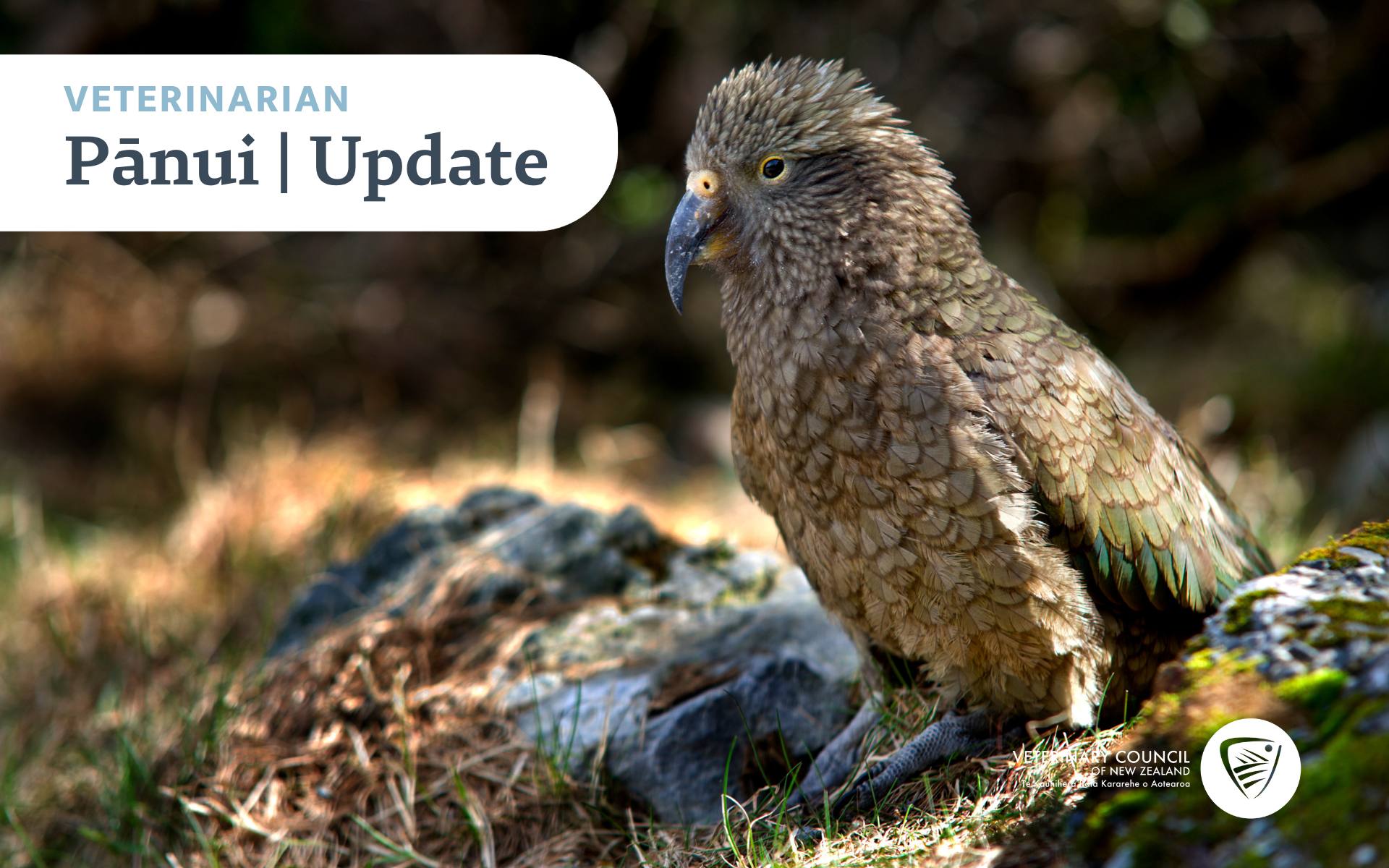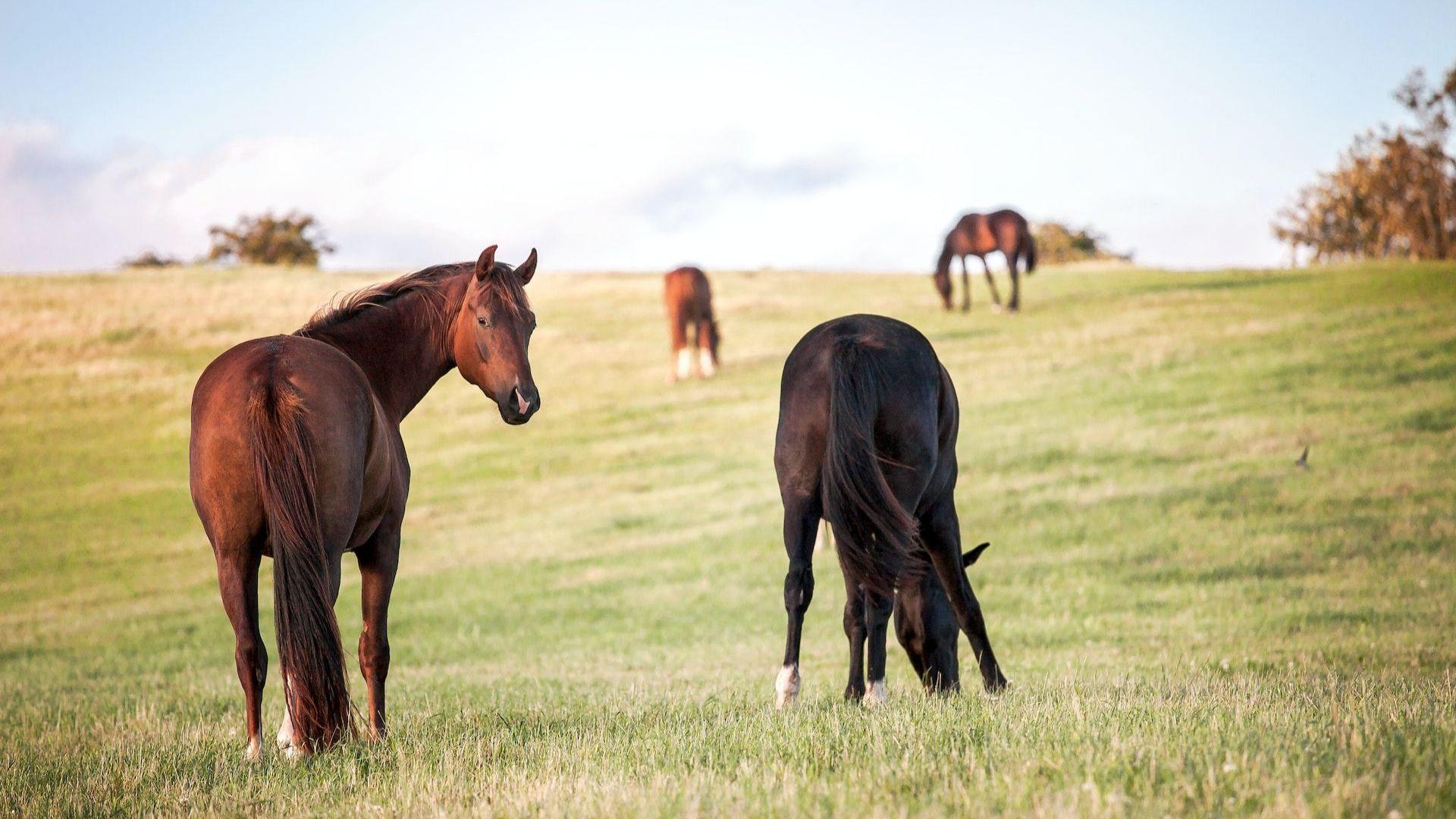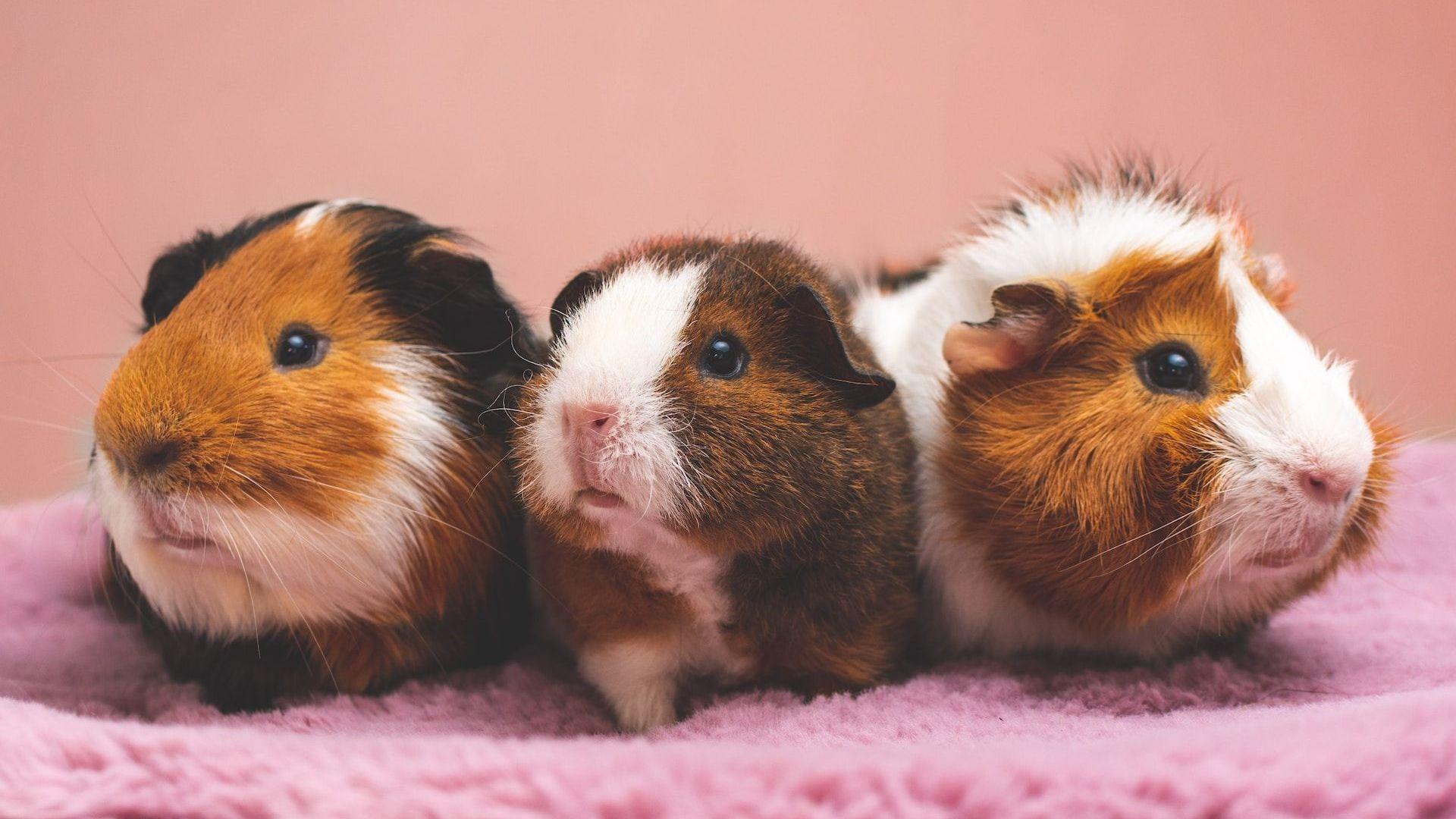
Kia ora
Welcome to our September update. In this edition, we have included some guidance about providing emergency care, the VCNZ complaints process, and human health practitioners undertaking non-surgical procedures on animals.
There is also an update from New Zealand Food Safety (NZFS) regarding extending the milk withholding period for pour-on products containing abamectin, as well as a link to the 2021 Antibiotic Agricultural Compounds Sales report.
New guidance
VCNZ has recently published two new pieces of guidance. One about human health practitioners undertaking non-surgical procedures on animals under the supervision of a veterinarian, and another for new practices providing emergency care. These pieces of guidance and frequently asked questions about them, are available on The Hub.
- New practice advice regarding emergency care
Veterinarians and veterinary businesses, including new businesses, must provide emergency and after hours care for animals they have consulted on. This guidance has been written to ensure that animal health and welfare are protected; the public’s trust in the profession is upheld; that veterinarians have a social licence to operate; and future veterinary care is sustainable. Read here
- Health practitioners undertaking non-surgical procedures on animals
This guidance has been prepared for veterinarians about the acceptability, circumstances, and necessary conditions around a human health practitioner undertaking a non-surgical procedure on an animal under the supervision of a veterinarian. Read here
Withholding period for pour-on products containing abamectin
In 2022, New Zealand Food Safety (NZFS) extended the milk withholding period for pour-on products containing abamectin from zero to 35 days.
NZFS needed to make this change to manage the export trade risk associated with abamectin milk residues. This means abamectin residues in milk must be below the maximum residue level (MRL) of 0.003 mg/kg. The change to 35 days is necessary because NZFS has data to show residues in milk remain above 0.003 mg/kg for at least seven days, but does not have enough data to set an alternative withholding period.
During milking season, please remember to use the 35-day milk withholding period whenever you use abamectin pour-on products in your herds. If an abamectin pour-on has been used and it is still within the 35-day withholding period, contact NZFS for advice on how to manage residues in the herd so milk remains compliant with the MRL.
You can contact NZFS by emailing [email protected] or calling 04 894 2550.

VCNZ complaints process
The number of public enquiries received by VCNZ has remained steady over the last year, with an average of 200 each quarter.
VCNZ Deputy Registrar Liam Shields says that while the number of enquiries seems high, they do not often result in a formal complaint. In the last year, 26 cases progressed to the final stage of the complaints process.
Under the Veterinarians Act 2005, VCNZ is responsible for the regulation of veterinarians. Its role is to protect the public by ensuring registered veterinarians are competent to practise. One way it does this is by looking into notifications and complaints when they are raised about the conduct or competence of veterinarians.
When a notification is received, VCNZ triages it in-house. If the notifier decides to go ahead with a complaint, the notification is:
- referred to the Notification Review Group (NRG) for screening and a decision about the next steps; or
- referred to the Complaints Assessment Committee (CAC), which oversees the formal complaints process. The CAC members are veterinarians who understand the realities and challenges of everyday practice.
Liam says, “VCNZ’s role as a regulator is very clear so there are some things that are outside the Council’s realm, such as pricing, financial disputes, and employment matters,”
“In fact a large number of the enquiries we receive are best dealt with by the treating veterinarian or the clinic because they have first-hand knowledge. Complainants are generally encouraged to contact the veterinarian first to explore possible solutions. As a result, only a relatively small number of concerns go through the full formal process,” he says.
Liam is keen to reassure veterinarians that even when the formal complaints process is applied to an issue, it doesn’t necessarily mean there will be serious repercussions. “Sometimes minor issues cannot be filtered out in the triage process and need to run their course,” he says.
“When a concern is raised with us, the veterinarian will always have the opportunity to be heard, and we encourage people to talk to us about complaints. Having that discussion can relieve a lot of anxiety.”
Liam says VCNZ recommends that practices have an internal policy for handling complaints. Guidance for developing a complaints policy is available on The Hub.
The Council also has an Alternative Resolution Pathway (ARP), which is a private process between VCNZ and individual veterinarians, that delivers educational advice and learnings aimed at improving future practice.
For more information about VCNZ’s complaints process, visit https://www.vetcouncil.org.nz/Web/1.Support-and-Information/Vets/Concerns.aspx
The following case studies have been included to demonstrate how complaints are managed, and what the profession can learn from them. From now, we plan to include case studies as a regular feature of this newsletter. Let us know what you think and if there are specific issues you would like us to cover.

Case study: Informed consent process
Background
A veterinarian treating an 18-year-old-cat recommended conducting further diagnostics to the client. A staged approach to treatment was agreed, starting with an echocardiogram, thoracic radiographs, laryngeal examination, and then a bronchoscopy.
The veterinarian called the client with the echocardiogram results, and during this conversation they also discussed going ahead with a bronchoscopy. The patient went into cardiac arrest shortly after the bronchoscopy and could not be resuscitated.
The complaint
The client complained to VCNZ that they were not properly informed of the risks involved with the diagnostic work, and that they did not sign a consent form.
They also said the phone conversation discussing the treatment plan was short, and that the veterinarian did not explain the risks of general anaesthetic or the bronchoscopy.
The Code of Professional Conduct (the Code) requires veterinarians to get their clients informed consent before proceeding with a proposed treatment. The Complaints Assessment Committee (CAC), which oversees the formal complaints process, considered that the veterinarian had gathered enough information to use general anaesthetic and the client had consented to the bronchoscopy during their conversation.
How it was dealt with
Under the Code, veterinarians are required to adequately document the informed consent process. The CAC said that the veterinarian did not do this, which fell short of the expectations set out in the Code.
The CAC was satisfied that the veterinarian had reflected on the situation and had taken steps to prevent it from happening to other clients by introducing a consent form at the clinic. The CAC provided educational advice to the veterinarian on ways to improve their practice and did not consider there to be any ongoing risk to the public.
Learnings for the profession
- Informed consent includes the veterinarian providing information in a way that is understandable and lets the client choose to follow the recommendations or not.
- Informed consent is an ongoing process. Veterinarians are responsible for making sure their clients have, and understand, the information they need to make an informed choice.
- Informed consent should be documented with a signed consent form attached to the clinical record. Verbal consent must also be documented.

Case study: Prescribing off-label restricted veterinary medicines and ending the client-veterinarian relationship
Background
Following a consultation, a veterinarian prescribed Toltrazuril off-label for a patient that later became sick. They also provided veterinary advice to the animal’s owner via Facebook Messenger, free of charge.
The client-veterinarian relationship then broke down, and the vet informed the client that they wouldn’t accept any future consultations with them.
The complaint
The client complained that the veterinarian had incorrectly prescribed Toltrazuril, after their animal became unwell while being treated with the medication. The client also appeared to develop an expectation that the vet could be contacted on social media for veterinary advice.
How it was dealt with
In its review of the complaint, the Notification Review Group (NRG) considered that the veterinarian had acted appropriately in prescribing the medication. It noted that the veterinarian had consulted the Veterinary Information Network. They had also discussed why the medication was being prescribed off-label with the client, effectively obtaining their consent.
The NRG said the medication was well recognised for treating coccidia, and that there were no registered products available for this particular animal.
The NRG considered that the social media correspondence made it difficult for the veterinarian to manage professional boundaries with the client. While social media can be a useful tool for dealing with general enquiries, it may be more appropriate to recommend that a client schedule a veterinary consultation if they are seeking professional advice.
Under the Code of Professional Conduct, veterinarians are not required to provide requested treatment, or to continue delivering services to existing clients, as long as animal welfare obligations are met. The NRG said there was no requirement for the veterinarian to continue treating the animal, and that they acted appropriately by informing the client they should seek the services of another veterinarian, and by offering a referral.
The NRG determined that no further action should be taken. It provided educative advice to the veterinarian.
Learnings for the profession
- When prescribing medication off label, veterinarians should consider multiple sources and carry out further research, in addition to the Veterinary Information Network.
- If you choose to provide veterinary advice online or through social media, it is important to remember that the Code of Professional Conduct does apply. Veterinarians need to be prepared to manage the expectations this brings.
- Veterinarians can end their relationship with a client, as long as animal welfare obligations are met. Veterinarians should notify the client in writing of this decision.

Antibiotic agricultural compounds sales report
The 2021 Antibiotic Agricultural Compounds Sales report has been published on the MPI website. It contains some interesting data and we encourage you to have a read.
Here is a link to the report.
Messages from others
The items below come from other organisations. We have agreed to share them with veterinarians because they may be of interest. If you have any questions or concerns about them, please contact the organisation directly.
Vet Lifeskills workshop
Meg Irvine BVSca of Vet Lifeskills is running a full day course in Auckland for veterinarians to develop and strengthen their communication skills, and improve their ability to connect, develop rapport, and build trust with their clients. Learn to manage time effectively in consultations through using a consultation framework, as well as some top tips for managing adverse events, poor outcomes and discussing money.
Consultation and communication skills workshop
- Thursday, 26 October 2023
- 9am - 5pm
Register or learn more about the workshop here.
Thank you
We hope you found this newsletter interesting and informative. If you’d like to provide feedback or send us a topic or story for next time, please email [email protected]
Please also contact us if you have any questions or need support.